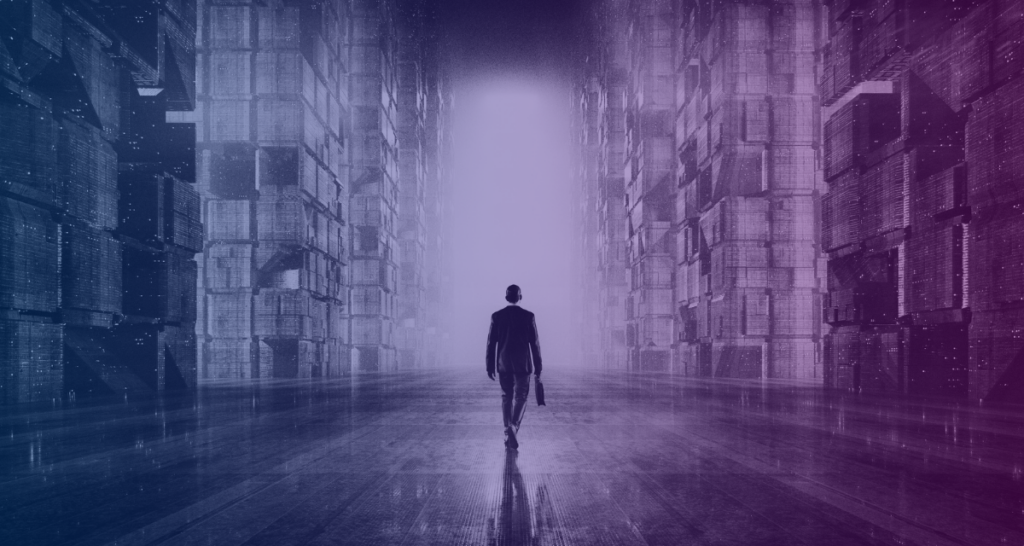
Independent filmmaking often relies on creative and cost-effective visual effects (VFX) to bring cinematic visions to life without breaking the bank. From leveraging practical effects alongside digital enhancements to exploring affordable VFX techniques like miniatures and chroma keying, indie filmmakers can enhance their productions’ visual appeal while managing expenses effectively.
By combining meticulous pre-production planning with strategic on-set techniques such as plate photography and practical lighting, filmmakers streamline workflows and minimize the need for extensive post-production editing.
These approaches not only optimize cost-efficiency but also contribute to achieving visually striking results that resonate with audiences.

How can independent filmmakers assess whether visual effects are crucial for achieving their movie’s vision?
To determine if visual effects are essential for your movie, consider what audiences expect. The VFX industry is rapidly expanding, with projections estimating the global market to reach USD 25.3 billion by 2027, reflecting an increasing demand for VFX across films, TV shows, and streaming content, according to market.us. This growth underscores VFX’s vital role in enhancing production value and marketability.
VFX enables filmmakers to create immersive experiences and realistic environments that would be impractical or impossible to film on location, thus expanding creative possibilities and boosting a film’s appeal to audiences and distributors. By evaluating these factors, filmmakers can assess whether incorporating VFX aligns with their creative goals and market strategy.
How can indie filmmakers cut costs and avoid unexpected expenses?
Filmmakers can leverage visual effects to reduce the need for expensive location shoots, travel, and lodging. VFX can create or enhance environments, minimizing the necessity for multiple or exotic locations. Digital set extensions and character enhancements can lower production design and costuming expenses, especially for period pieces or fantastical settings. Replacing complex or dangerous practical effects with VFX alternatives can reduce risk and insurance costs, allowing for more ambitious sequences. Digital crowd replication can also cut costs by reducing the need for hiring and managing large numbers of extras. Furthermore, minor changes can be made in post-production using VFX, avoiding costly re-shoots.
However, filmmakers should be aware of added costs, such as hiring a VFX supervisor for efficient planning and execution, additional filming for background plates, extended post-production phases, and expenses for specialized software and high-performance hardware. Despite these added costs, advances in technology are making VFX more efficient and cost-effective for independent filmmakers.
How can independent filmmakers streamline their VFX workflow to enhance cost-efficiency and achieve visually striking results?
Filmmakers can optimize their VFX workflow to maximize cost-efficiency and achieve a visually stunning outcome by combining practical effects with digital enhancements. Using miniatures, props, and makeup can provide convincing results for environments and creatures, which blend seamlessly with digital elements.
Employing forced perspective through clever camera angles and set design can create illusions of size and distance, reducing the need for extensive VFX. Chroma keying with affordable software allows for efficient background replacement and character insertion, with proper lighting ensuring clean edits.
Compositing and matte painting enable the creation of fantastical environments with minimal location scouting or set building, while practical lighting and optical effects, such as lens flares and light leaks, can be achieved in-camera to reduce post-production work.
Stop-motion animation offers a unique aesthetic and can be cost-effective for specific projects, especially with modern digital compositing tools. Practical effects like rain can be enhanced digitally for greater coverage and intensity using user-friendly software, making these techniques accessible for independent filmmakers.
What are some creative ways to use practical effects alongside VFX in my indie film?
Incorporating practical effects alongside VFX in your indie film can enhance realism and efficiency while managing costs effectively. During pre-production, solid planning and clear communication among the director, VFX team, and producers are essential for defining VFX needs early and avoiding costly changes later.
On-set techniques like plate photography, capturing clean backgrounds for later CG integration, can minimize complex VFX requirements in post-production.
Efficient VFX strategies such as using stock footage libraries for elements like explosions or crowds and reusing assets or exploring free/open-source software, help streamline workflows and reduce expenses.
Comparing quotes from VFX studios and freelancers allows for cost-effective decision-making, while hiring VFX talent from regions with favorable exchange rates or competitive labor markets can stretch budgets further.
These creative approaches not only optimize cost-efficiency but also contribute to achieving visually compelling results in your film.
Are there any free or affordable VFX software options for independent filmmakers?
There are several free or affordable VFX software options available for independent filmmakers. AI tools like Wonder Dynamics automate tasks such as rotoscoping, significantly reducing the time and labor required for isolating foreground elements from backgrounds. This not only saves on labor costs but also allows filmmakers to focus on other aspects of VFX production.
Virtual production stages, such as those utilizing LED walls, eliminate the need for expensive green screen shots by displaying real-time digital environments where actors can interact directly with virtual backgrounds.
Motion capture provides cost-effective animation solutions by capturing realistic character movements with actors in suits, making it ideal for indie films with budget constraints on character animation.
Cloud computing platforms like Amazon Web Services offer scalable processing power for rendering complex VFX, while light field technology enhances creative control over scene focus and depth in post-production.
These options empower independent filmmakers to achieve high-quality VFX results without breaking the bank.
Indie Film VFX Success Stories: Steal the Secrets of Films Like Shaun of the Dead and Nightcrawler
Shaun of the Dead (2004)
In this cult-classic comedy horror film, practical effects play a pivotal role in crafting its zombie apocalypse. Director Edgar Wright opted for a “lo-fi” aesthetic, leveraging makeup, prosthetics, and inventive camerawork to bring the undead hordes to life. The inclusion of stop-motion animation in certain comedic scenes further enhances the film’s distinctive charm. This deliberate approach not only minimized VFX expenditures but also enriched the movie’s singular visual appeal.
Nightcrawler (2014)
In this neo-noir thriller, a blend of practical and discreet digital effects contributes to its authentic and gritty visual style. Director Dan Gilroy employs handheld camerawork and practical lighting to intensify immediacy and tension throughout the narrative. While the film prioritizes practical techniques, subtle digital enhancements are selectively applied to enhance cityscapes or manipulate video footage for dramatic impact. This strategic balance enables the filmmakers to achieve a visually compelling aesthetic while maintaining budgetary efficiency in their VFX usage.
Find your VFX balance
Mastering the balance between practical effects and digital enhancements can empower independent filmmakers to create compelling visuals while adhering to budget constraints. By embracing innovative techniques and leveraging available resources—from AI-driven tools for streamlined editing to virtual production stages and motion capture for realistic animations—filmmakers can maximize the impact of their storytelling without compromising artistic vision.
As technology continues to evolve, so do the opportunities for indie filmmakers to push creative boundaries and deliver captivating cinematic experiences that rival those of larger productions. With careful planning, resourcefulness, and a keen eye for visual storytelling, the world of independent filmmaking remains ripe with potential for those willing to explore the limitless possibilities of VFX.
